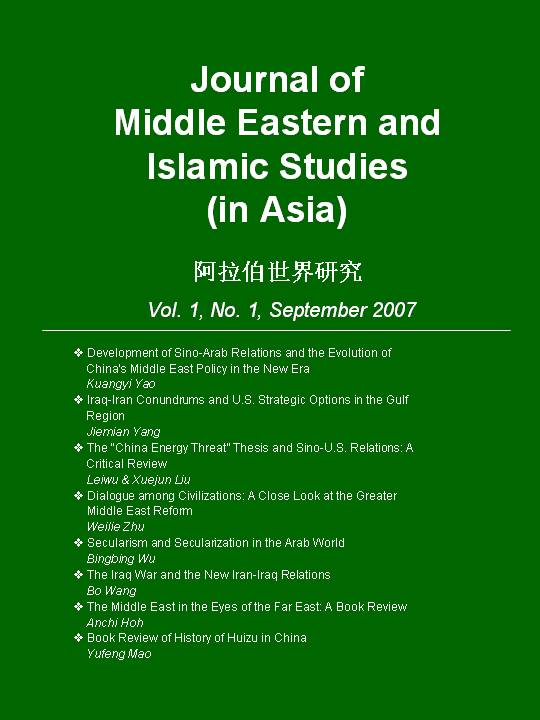Primary, Secondary, Or Tertiary?

A quick self-quiz to see if you can identify primary, secondary, and tertiary sources.
- 1.
Reference Book
- A.
Primary
- B.
Secondary
- C.
Tertiary
Correct Answer
C. TertiaryExplanation
Encyclopedias, as well as dictionaries, handbooks, manuals, guides, and many other kinds of reference sources, are tertiary sources. This is because they bring together the information discovered and interpreted by many scholars.Rate this question:
-
- 2.
Old Newspaper
- A.
Primary
- B.
Secondary
- C.
Tertiary
Correct Answer
A. PrimaryExplanation
Newspapers and other documents from the era you are studying are primary sources.Rate this question:
-
- 3.
Magazine Article
- A.
Primary
- B.
Secondary
- C.
Tertiary
Correct Answer
B. SecondaryExplanation
Magazine articles like this are usually secondary sources.Rate this question:
-
- 4.
Journal Article
- A.
Primary
- B.
Secondary
- C.
Tertiary
Correct Answer
B. SecondaryExplanation
Scholarly articles are secondary sources. They interpret the information found in primary sources.Rate this question:
-
- 5.
Documentary
- A.
Primary
- B.
Secondary
- C.
Tertiary
Correct Answer
B. SecondaryExplanation
Most documentaries are secondary resources because they interpret and explain the primary sources (documents... documentaries... !)Rate this question:
-
- 6.
Interview Transcript
- A.
Primary
- B.
Secondary
- C.
Tertiary
Correct Answer
A. PrimaryExplanation
Transcripts and recordings of interviews are primary sources. They're as close to first-hand as you can get.Rate this question:
-
- 7.
Non-fiction Book
- A.
Primary
- B.
Secondary
- C.
Tertiary
Correct Answer
B. SecondaryExplanation
Non-fiction books, whether scholarly or non-scholarly, are almost always secondary sources. The only exceptions are when they are reference books (tertiary sources) or from a time period that you are studying (so you are using them as primary sources.)Rate this question:
-
- 8.
Literary Work
- A.
Primary
- B.
Secondary
- C.
Tertiary
Correct Answer
A. PrimaryExplanation
When you are studying literature, the work you are studying is the primary source. When you are studying history and culture, a piece of literature (or other artform) from that time, place, and culture might be used as a primary source too.Rate this question:
-
- 9.
Data
- A.
Primary
- B.
Secondary
- C.
Tertiary
Correct Answer
A. PrimaryExplanation
In science and social science research, the raw data is a primary source.
Science and social science datasets are often found on the web, put there by the researchers or the institutions that sponsor them.Rate this question:
-
- 10.
Primary Sources are
- A.
First-hand
- B.
Scholarly
- C.
Not interpreted by anyone
- D.
From the event, phenomenon, or time-period being studied
Correct Answer(s)
A. First-hand
C. Not interpreted by anyone
D. From the event, phenomenon, or time-period being studiedExplanation
All the options are correct, except for scholarly. Primary sources are not divided into scholarly versus non-scholarly, because they are used as evidence of how something happened, just as fingerprints are evidence at a crime scene regardless of the expertise or reputation of the person who left them!Rate this question:
-
Quiz Review Timeline +
Our quizzes are rigorously reviewed, monitored and continuously updated by our expert board to maintain accuracy, relevance, and timeliness.
-
Current Version
-
Mar 22, 2023Quiz Edited by
ProProfs Editorial Team -
Mar 04, 2011Quiz Created by
Sarahmorehouse
 Back to top
Back to top







